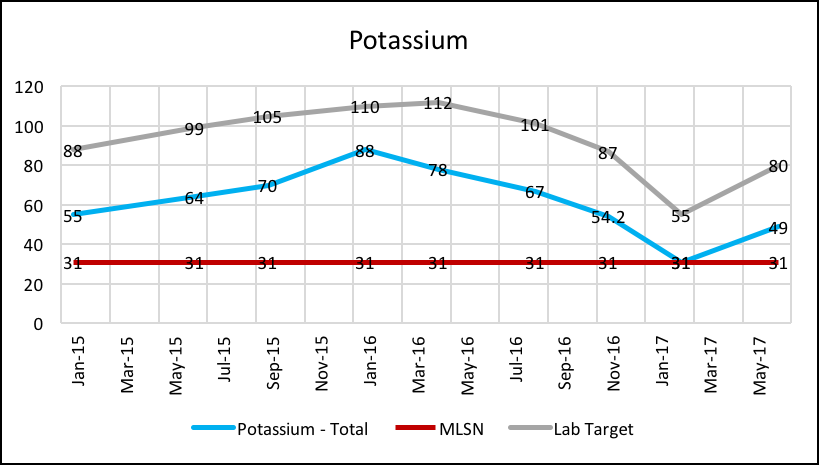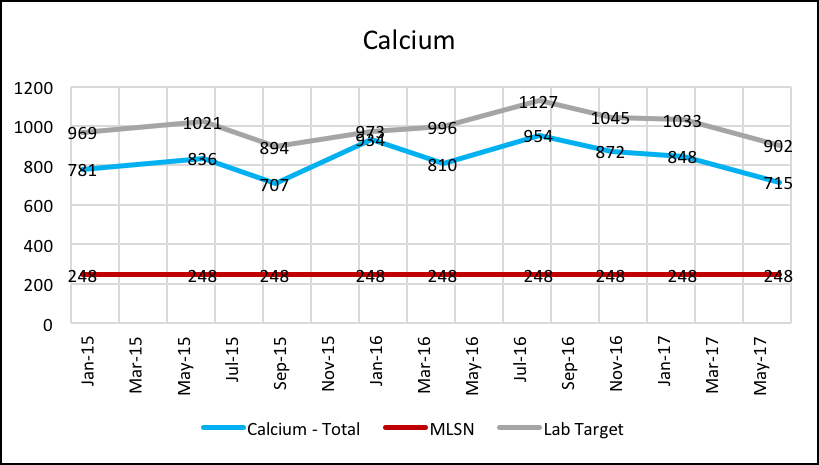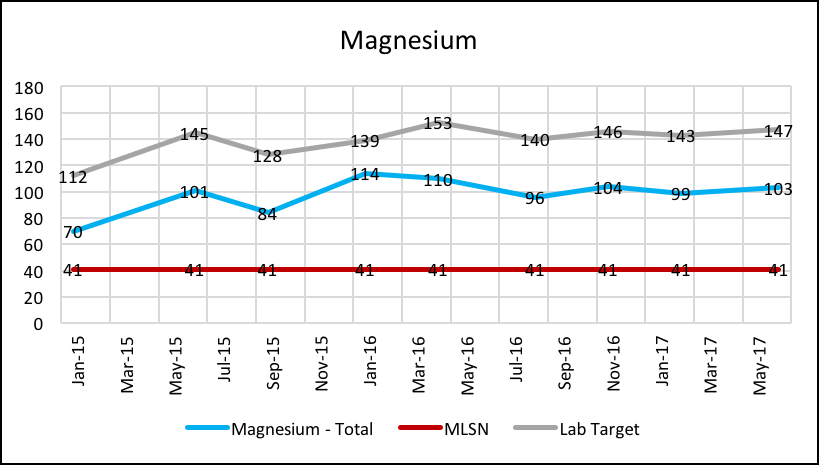MLSN @ NIKANTI GC. REDUCING EXPENSES AND INPUTS SINCE 2016
Is it possible to reduce fertiliser expenses by 69%? I certainly wouldn't have thought so 2 years ago. I used to dig my heels in a little at monthly P&L meetings when management would ask to reduce our expenses, but once I started to embrace it as a challenge, it was like new motivation! To maintain our surfaces at the same high standard or better, for a fraction of the price.
In my previous post regarding Phosphorus and our use of the MLSN guidelines, I mentioned that apart from the improvements in turf performance, we have seen some positive results on the bottom line and that is what I would like to share with you now.
While the MLSN Guidelines have played a major role in reducing our expenses, they can't take all the credit. There is another major change we made that shares equal weight with our decision to follow the MLSN and that is to use only soluble fertiliser compounds. We no longer use any liquid or slow release granular fertilisers as part of our normal fertility program across all of our surfaces and in doing so, have seen huge savings. Now, I should clarify and say that we do still use a liquid and granular humic acid product on our greens with great results, but apart from that, everything else is a soluble compound fertiliser.
As this post is mainly about sharing some positive consequences after following the MLSN Guidelines, I will perhaps write another post further expanding on our use of soluble fertilisers. For now, I will leave you with this great article from the team at the Green Section Record titled "Does the Grass Know the Cost?".
Figures shown are for greens only. P and K figures are displayed as elemental P and K and not P2O5 and K2O.
The above graph illustrates what may be some typical results after following the MLSN guidelines. These figures will vary from course to course depending on what nutrient reserves are currently in the soil but I am sure that anyone who begins following the guidelines will report a reduction in fertiliser application. I do apologise for not having our application figures for 2015 but they were lost during a transition to a new computer, however I do remember that they were only slightly higher than the 2016 figures.
Some of you may comment that the N:K ratio is not correct and we are not supplying enough K, this is due to the fact that we had enough K in the soil reserve at the start of the year and in fact applied zero K for some time. We now apply K regularly as the grass requires in a ratio of 1:0.7 for Bermuda and 1:1 for Paspalum.
My goal when first starting to follow the MLSN Guidelines was to reduce the soil reserve of each element to the MLSN value and observe the results. I have since done so with the elements above except for Calcium, as there is a large soil reserve and Magnesium, as this is ever present in our water supply in high amounts. I have not seen any detrimental results thus far as a direct result of following the MLSN Guidelines. I have only seen positives.
So, is it possible to reduce your fertiliser budget by 69%?
Figures converted to US Dollars from Thai Baht at a rate of 34 Thai Baht to US$1.00
We are still a long way from the minimalists of the world like Jason Haines and the results they are achieving. Check out his writings on his experiences and results following the MLSN Guidelines and the results that can be achieved.
But again, each course and their circumstances are different and I hope this can provide some motivation/inspiration or at the very least, something to think about the next time your preparing your budget, fertility program or being asked to reduce expenses.








